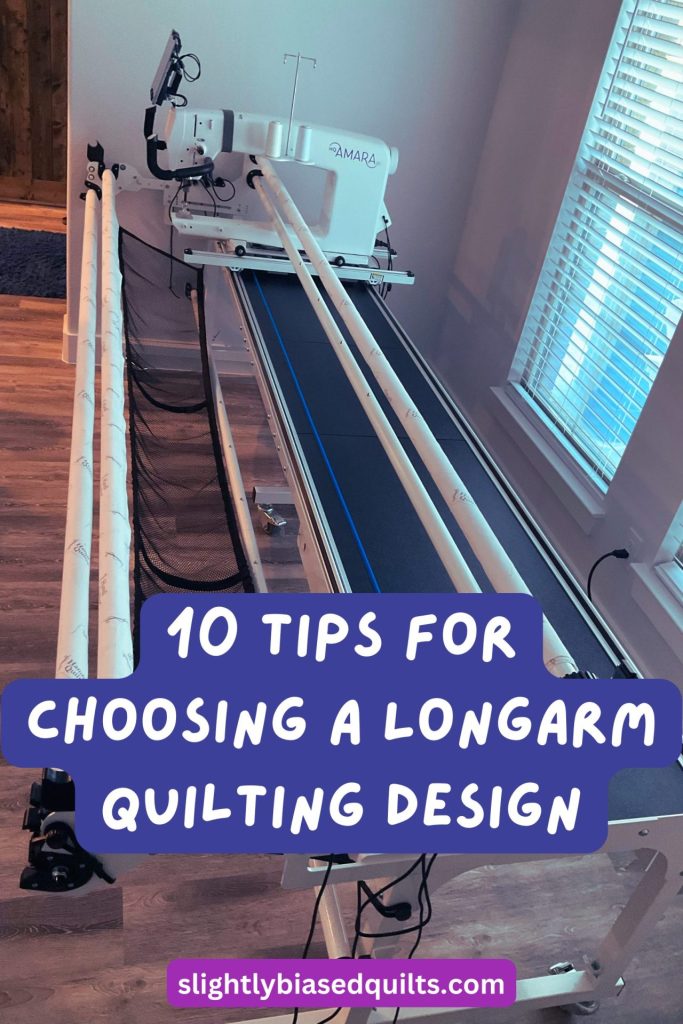
Once you’ve pieced together your beautiful quilt top, the next important decision is choosing a longarm quilting design. The quilting pattern you select can enhance your quilt’s overall look, provide texture, and be the element that brings the design of the quilt together. With so many options available, it can be overwhelming to pick the perfect one. But don’t worry—choosing a longarm design can be fun and creative!
Consider the Quilt’s Style
The first thing to think about is the style of your quilt. Is it traditional, modern, or somewhere in-between? The longarm quilting design should complement the aesthetic of the quilt top.
Traditional Quilts: Feather designs, cross-hatching, and intricate motifs often work well with traditional quilts, as these patterns have timeless elegance and match the classic feel.
Modern Quilts: For modern quilts, consider geometric designs, echo quilting, or even simple, straight-line quilting. These designs can enhance the boldness and clean lines that modern quilts are known for.
Whimsical or Themed Quilts: If your quilt has a specific theme, like holiday or novelty prints, you could choose a design that echoes that theme—such as snowflakes for a Christmas quilt or flowers for a spring-themed quilt.
The key is to make sure that the quilting style complements, rather than competes with, the quilt’s overall design.
Balance the Complexity of the Quilt Top
If your quilt top is busy with a lot of prints, patterns, or intricate piecing, you might want to choose a more subtle, simple quilting design. A dense or overly complex quilting pattern could overwhelm the piecing, making it difficult to see and appreciate the quilt top.
On the other hand, if your quilt top is simpler—perhaps made up of large blocks or solids—a more detailed or intricate quilting design can add visual interest and texture.
Custom or Edge-to-Edge
Do you want an allover, edge-to-edge design, or are you considering custom quilting where the design changes based on different areas of the quilt?
Edge-to-Edge Quilting: This is a continuous design that covers the entire quilt top, making it perfect for quilts where you want an even look across the whole surface. It’s also cost-effective and works well for everyday quilts.
Custom Quilting: If you want different quilting in the borders, blocks, or focal areas of the quilt, custom quilting is the way to go. While this option is often more expensive and time-consuming, it can elevate your quilt to the next level, adding detailed attention to specific areas. Melissa at Sew Shabby Quilting quilted the custom work above, and it is absolutely gorgeous!
Take the Quilt’s Function into Account
How you intend to use the quilt can also guide your design choice. Is this quilt going to be a functional bed quilt or a decorative wall hanging?
Everyday Use Quilts: For quilts that will be used regularly—like a bed or lap quilt—it’s important to balance beauty with durability. Edge-to-edge designs work well here because they distribute the quilting evenly and hold up well to frequent washing.
Show Quilts or Heirloom Quilts: If your quilt is more of a showpiece, consider custom quilting that enhances specific design elements. This is where intricate designs and specialized patterns can shine.
Match the Quilting Design to the Quilt's Theme
Some quilts tell a story, and the quilting can help carry that narrative further. For instance, if you’ve made a nature-themed quilt with lots of greens and blues, a design that features leaves, vines, or waves might enhance that theme beautifully. For holiday quilts, designs with stars, swirls, or snowflakes can reinforce the festive feeling.
Density
Quilting density refers to how closely or widely spaced the quilting stitches are across the quilt. A more densely quilted design has tightly packed stitches, leaving less open space between the quilted areas. This higher density adds both stability and structure to the quilt, helping to secure the layers firmly in place and preventing the batting from shifting over time. Dense quilting can also make a quilt warmer, as the compact stitching adds extra texture and insulation, creating a heavier feel.
On the other hand, less dense quilting allows for more open space between stitches, giving the quilt a lighter, airier appearance and feel. This can create a softer, fuller drape and often results in a quilt with a more relaxed, fluffy feel. Less dense quilting may be ideal for quilts where you want to emphasize the piecing or fabric patterns, allowing the quilt top to take center stage. While less dense quilting provides a lighter finish, it can still offer warmth and comfort, making it a popular choice for quilts meant to be cozy and casual.
Budget
The density of the quilting plays a significant role in determining the overall cost. Most longarm quilters charge by the square inch, with rates typically ranging from a few cents per square inch depending on the complexity of the design. As the quilting density increases, so does the cost. This is because denser quilting requires more time, thread, and stitches to cover the same amount of space.
A simple, less dense edge-to-edge design will generally be more affordable, while intricate, tightly packed custom quilting designs can significantly increase the price. The more detailed and dense the quilting, the more labor-intensive it becomes, which in turn drives up the cost. Balancing your desired quilting density with your budget is an important consideration when choosing your quilt design.
Use Thread to Enhance the Design
The thread color and weight can make a big difference in how the quilting design appears on your quilt. Do you want the quilting to stand out or blend in?
Blending Thread: A thread that closely matches your quilt’s fabric colors will allow the piecing and fabrics to take center stage. This is often the best option when you want the quilt top to shine without the quilting overpowering it.
Contrasting Thread: If you want the quilting to make a statement, a contrasting thread can draw attention to the quilting design itself. This is great for quilts where the quilting is meant to be a feature in its own right.
Finding Your Design
There are endless opportunities for designs online, start with a search for edge-to-edge quilting designs and bookmark your favorites.
Many longarm quilters also have portfolios on their websites or social media pages, showcasing designs they’ve used in previous projects, which can provide inspiration. Consider visiting quilt shows or local quilting shops, where you can see examples of different quilting designs in person.
If you’re unsure of what design will complement your quilt top, consult with your longarm quilter—they often have extensive experience and can offer suggestions based on your quilt’s style, the look you want to achieve, and your budget. Ultimately, finding a design is about aligning your vision with a pattern that enhances your quilt’s beauty.
Test Out the Design
Before committing to a quilting design, it’s always a good idea to test it out. You can ask your longarm quilter for samples or try sketching the design on paper or a photo of your quilt top. This helps visualize how the design will look on the actual quilt and allows you to make adjustments before the quilting begins.
Bringing It All Together
Choosing a longarm quilting design is an exciting part of the quilting process. It’s the step that turns your quilt top into a finished masterpiece, adding texture, movement, and cohesion. By considering the quilt’s style, complexity, density, function, and theme, you can pick a design that complements your work perfectly.
Remember, your longarm quilter is also a great resource! Don’t hesitate to ask for their suggestions, as they have experience with a wide range of designs and can help guide you toward the perfect choice for your quilt.
Happy quilting!
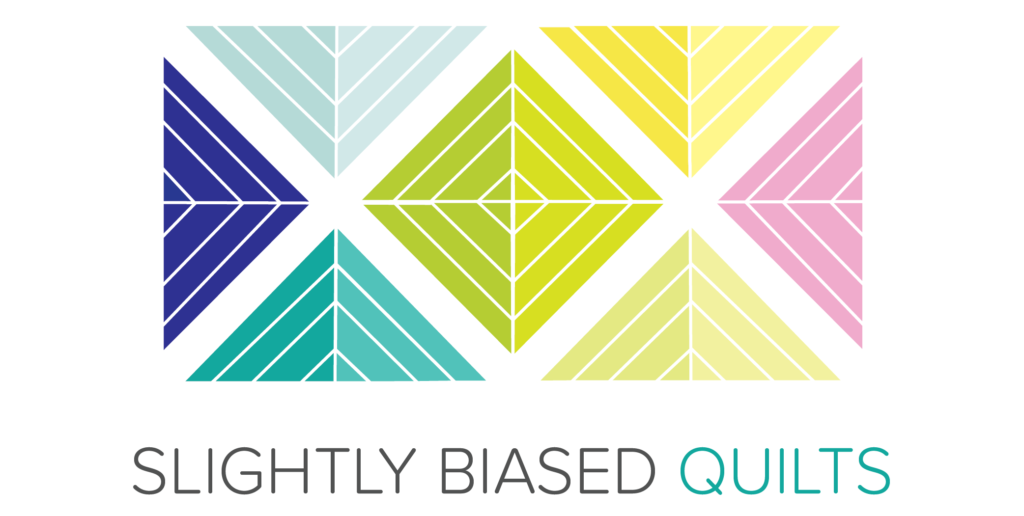
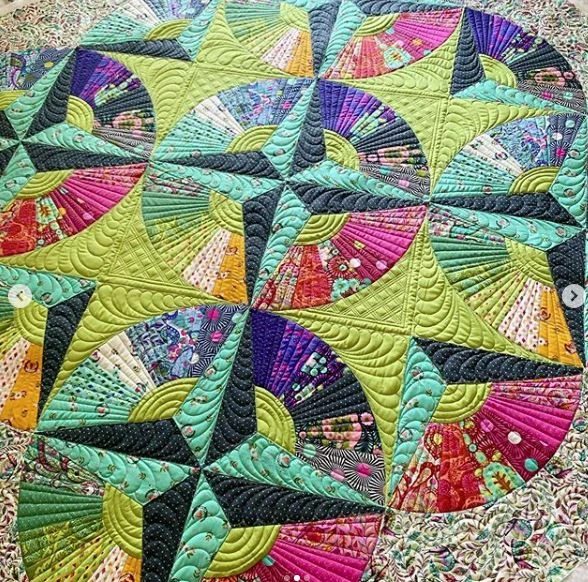
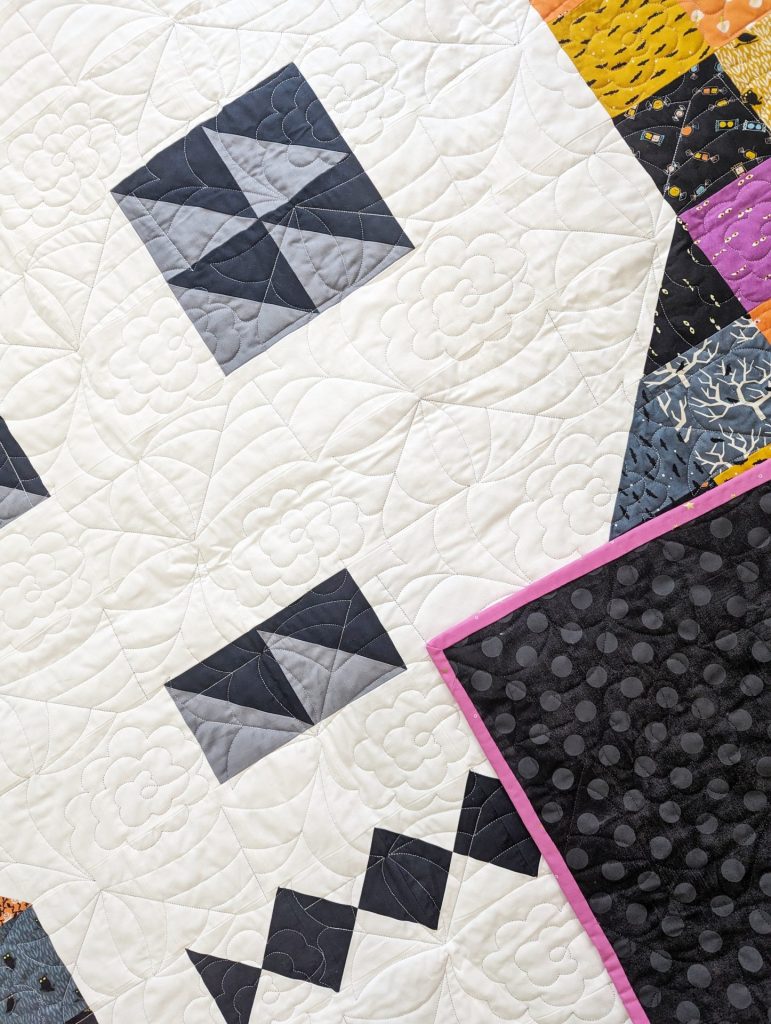
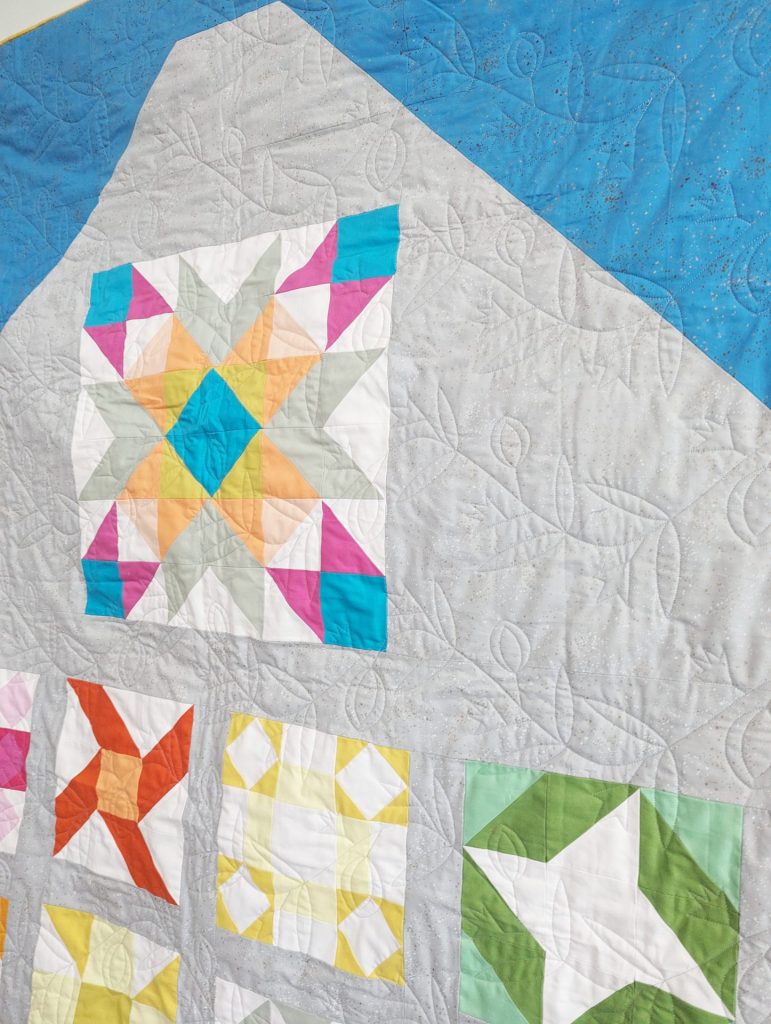
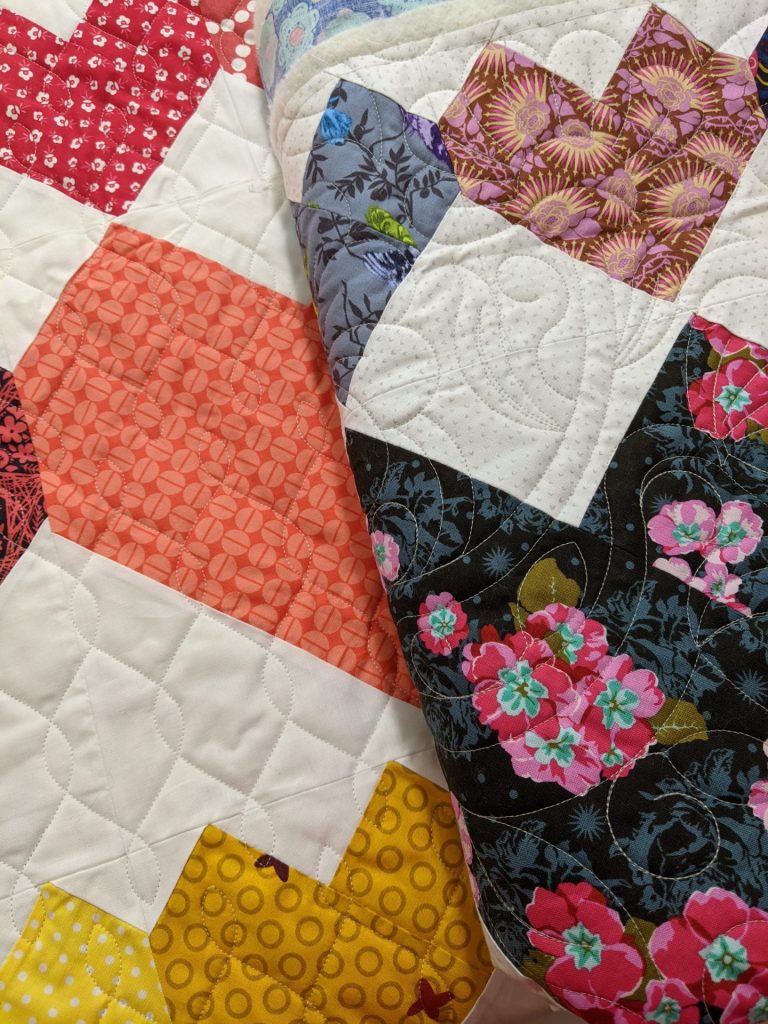
I tend to not ‘long arm’ quilt mine. I do not like it normally because it make the quilt so heave and the stitching is usually so intricate. I so some but it is more like the quilts I was brought up with made by my grandmothers, I so the same type of stitching on my regular machine and a lot less of it. Like diagonal of straight , whatever seems to show off the pattern, but not take over for it.
What I’d like to know is why is it so intricate? AND why does nearly everyone use it or do the same thing if hand quilting? If you have some time to give me some input on this I would appreciate it. Thanks you, CJ
Thank you for your Info on quilt density. I’m making a baby quilt and will keep your advice in
mind.
I’m an intermediate skilled quilter with a 7′ longarm. I mostly quilt for myself, only occasionally for others. Your description of the choices made concerning the quilting for each top, density, theme, thread color and weight, quilt’s intended use, cost, etc. is one of the best I’ve come across and right on point! With your permission, I’d like to print it out to have on hand when asked to quilt for someone else.
Absolutely!
I have some quilt tops that I have pieced….a long time ago. Never had time to finish them. Now I’m semi=retired and have more time. I’m wondering, if I take my tops to my local quilt shop, will they quilt the tops for me? If so, will they help me pick whatever quilting designs I might need? I have a home sewing machine and could probably use it, however, these quilt tops I have are queen sized, so I think a long arm quilt machine is what needs to fix these babies up!